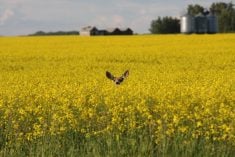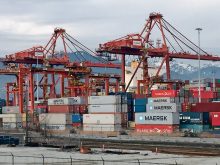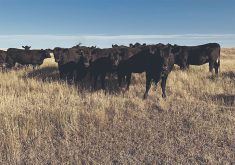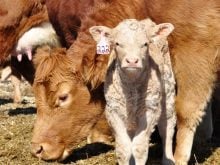WINNIPEG — Government support for Canadian agriculture is around 8.2 per cent of gross farm receipts, says the Organization for Economic Cooperation and Development.
That’s slightly higher than the United States but less than the average agricultural subsidies of 13.2 per cent in the OECD, a group with 38 member countries.
Why it Matters: Government support for producers can distort global markets and create an unlevel playing field.
Read Also
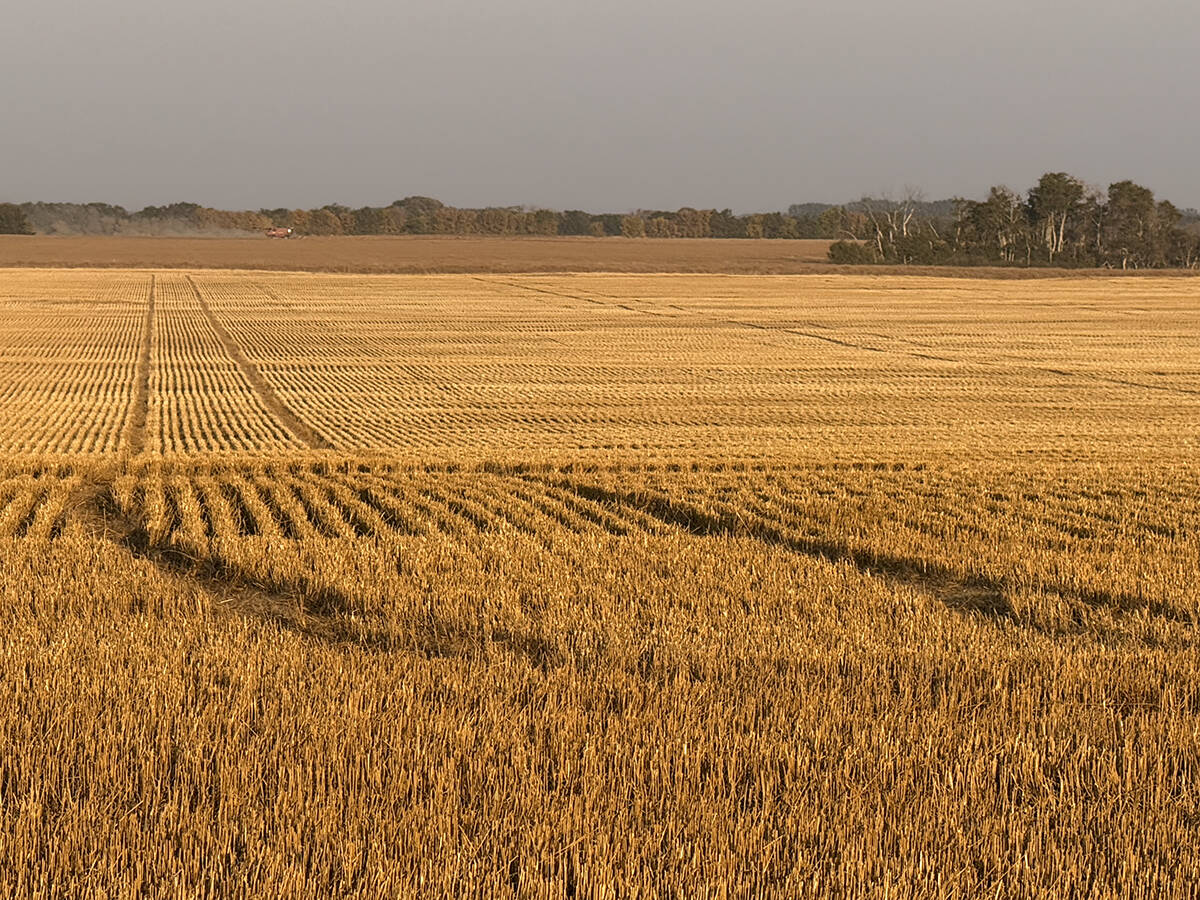
Final crop reports show strong yields, quality
Crops yielded above average across the Prairies this year, and quality is generally average to above-average.
“Risk-management tools constitute the main part of budgetary support to (Canadian) producers,” says the OECD report on agricultural policy, which was published at the end of October.
“These include income stabilization, subsidised savings and crop insurance programes.”
The OECD report includes detailed information on subsidies for farmers in 26 countries and the European Union from 2022-24. The data shows a wide range of supports for producers and consumers, which the OECD calls producer support estimates:
- Canada – 8.2 per cent of gross farm receipts come from government programs and policies
- U.S. – 7.0 per cent
- Japan – 32 per cent
- Mexico – 11.9
- Europe – 16.4
- Australia – 2.7
- Norway – 47 per cent
Some farmers and certain countries might take issue with the OECD numbers, but the data comes from a standardized formula, said Al Mussell, an agricultural economist in Ontario.
“The OECD is a very credible organization with some excellent experts.”
In terms of U.S. dollars, Canadian farmers received an estimated $5.88 billion in annual support from 2022-24, the OECD said.
In comparison, annual producer support in the U.S. was about $39 billion.
Canada’s $5.88 billion would have been lower, but the amount of public money going to Canadian producers jumped from 2023 to 2024, increasing by about $900 million, say OECD estimates.
In the early 2020s, the federal government committed $1.5 billion to numerous programs to reduce greenhouse gas emissions from farming, which partially explains the increase.
Still, the share of farmer gross revenue that comes from government has dropped significantly in the last 40 years in Canada.
It’s gone from 30 to 35 per cent of farmers’ revenues in the 1980s to about 18 per cent in the early 2000s and 7.9 to 9.1 percent in recent years, the OECD said.
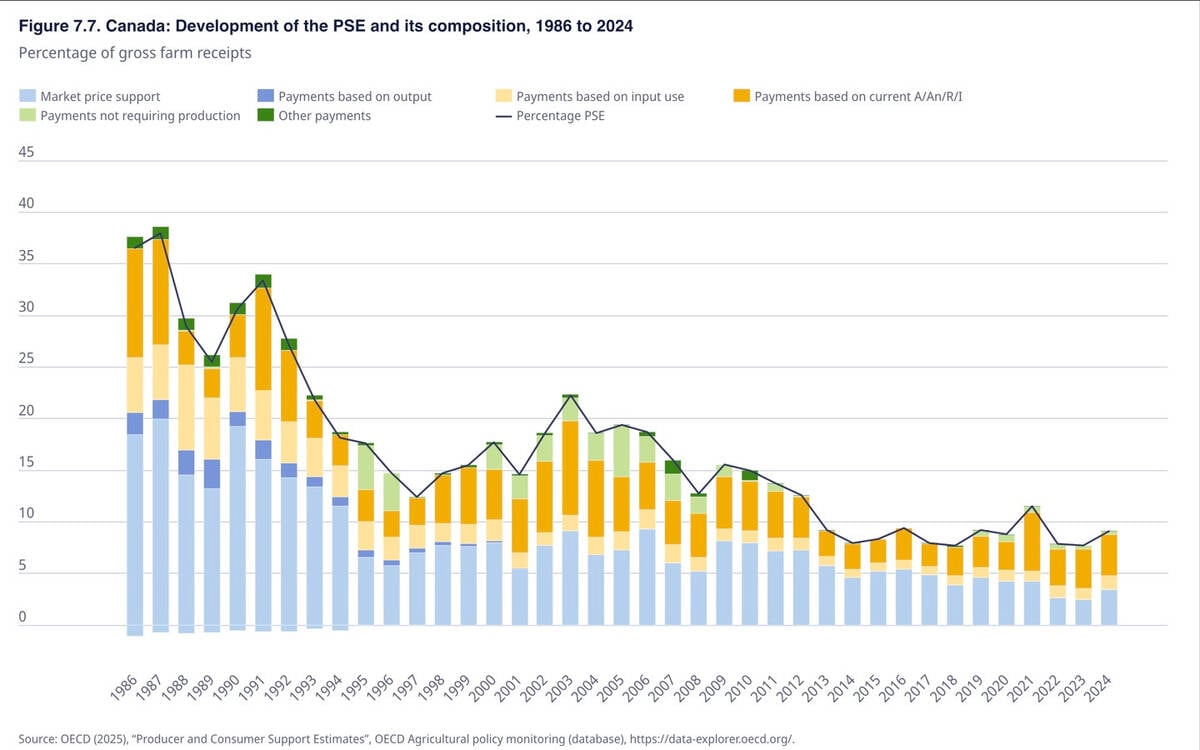
With the exception of a drought year such as 2021, government support has represented less than 10 per cent of farmer revenue since 2014.
“The farmer has to lose money, before they get money (from business risk management programs),” Mussell said.
“The fewer the losses, the less the payments.”
Looking beyond Canada, many countries take a different approach to farm subsidies, where they provide market price support.
The United Kingdom, for instance, provides market price support for beef and veal producers of 28.8 per cent of gross farm receipts through tariffs and tariff rate quotas.
Canada provides similar market price support for milk production, “amounting to 28 per cent of commodity gross farm receipts,” the OECD says.
Most countries play this game, where specific sectors of agriculture are protected from market forces, Mussell said.
“It’s one thing to keep in the back of your mind.… Just about every country has their sacred cow.”




